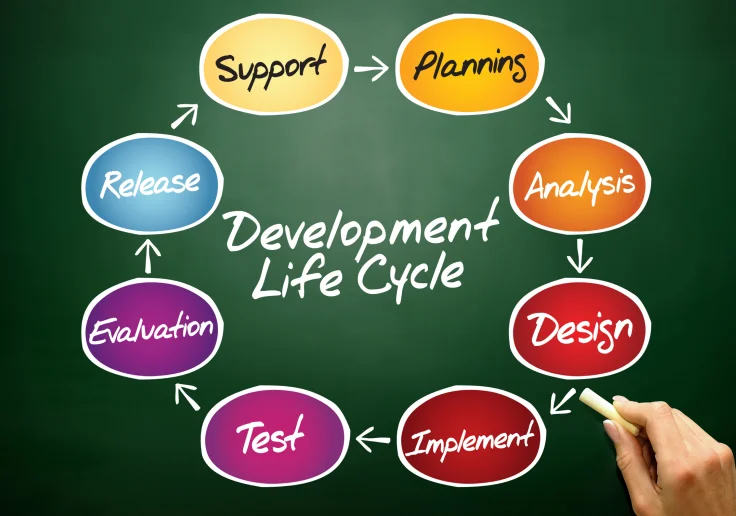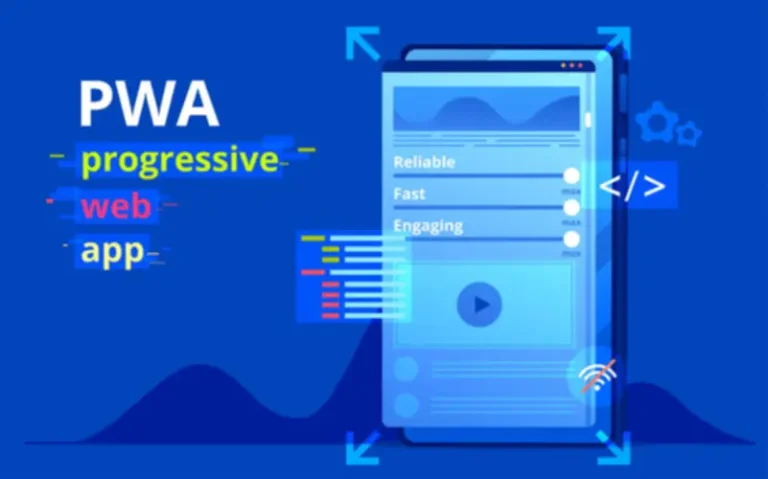In order for retrospectives to be successful, there must be a supportive atmosphere that encourages (but doesn’t force) all group members to contribute. But they’ve different stakeholders, aims, timing, and output. The autopsy supervisor seems at a accomplished project or project phase, and their highest precedence is to know errors and failure points project retrospective. Stay on top of your Agile initiatives with this ready-to-use Smartsheet template.
Bringing This Course Of To Your Staff
You would profit from understanding how the transition went, from the level of view of both the designer who started on the project and the one who took over. You would benefit from a deeper understanding of the bumps along the street should you embrace people who were a part of the method in distinctive ai networking methods. However, including some folks might not be needed if their role was extraordinarily restricted. If attainable, ship out an e mail with the agenda and a reminder in regards to the time the meeting will begin one week earlier than its date.

Ask Attendees To Reflect On Their Experience
Different kinds of retrospective conferences are better fitted to completely different insights, project levels, or project sorts. The difference between AARs and post-mortems is that the aim isn’t to grasp what went mistaken and why. AARs are also totally different from classes learned meetings as a result of they focus on a particular occasion, like a launch occasion or a conference, whereas classes realized meetings often give consideration to initiatives. Though most frequently utilized by agile groups following the Agile methodology, the project retrospective can also be helpful for any team trying to reflect on project progress and encourage continuous enchancment. The Agile retrospective may be thought of as a “lessons learned” assembly.
Tips About The Way To Conduct Efficient Project Retrospective Meetings For Distant Workers
You can use a sprint retrospective template or observe the five steps listed in this guide. As long as you’re gathering feedback and using it to generate insights and implement adjustments, you’re doing one thing right. Once you’ve discovered extra about your Agile staff and your most recent sprint, you presumably can flip those insights into actionable gadgets. This is the place you can start setting targets and decide what changes to make for future sprints. In this information, we’ll talk about what a dash retrospective is, why it’s necessary, and how one can conduct profitable sprint critiques to make your team simpler. Your group would benefit tremendously from properly deliberate and executed retrospectives.
Instead, push for the way to better provide a balance amongst group members’ duties and different obligations. There might be situations during which specific features that need enchancment are associated to the angle or skills of an individual group member. I encourage managers or staff results in discover ways to have this dialogue individually, outdoors of the retrospective. You’ll want to know whether they felt included and actively engaged with their on-site colleagues. You’ll additionally want to know whether or not they have ideas to make their lives easier as distant workers. Likewise, your on-site workers should have a voice regarding what it felt wish to work with distant employees and any suggestions they have to enhance collaboration with remote team members.
They ought to have a number of talking points for every area to be discussed, in case the conversation needs prompting. Fellow helps your group build great meeting habits through collaborative agendas, real-time notetaking, and time-saving templates. Fellow is the only all-in-one AI assembly transcription and administration software for distant and hybrid organizations. Have fewer, more effective conferences with the assistance of AI, productivity-driving features, and seamless integrations. Before you’ll find a way to dive into the nitty-gritty and get to work on figuring out areas of concern, you must first review the details and the project in its entirety with an unbiased lens. Reviewing the scope and details will give you the perception you want to form your individual credible opinion which may be shared with the intent to improve the project.

The retrospective meeting should be targeted on what occurred in the course of the project and the way it might be improved. It shouldn’t be about assigning blame or finding someone answerable for failure (this would create tension). Instead, concentrate on options that will make issues better next time round. Thus, the retrospective is a direct means to articulate the values of the Agile Manifesto. The retrospective is about trying again on past events in the final iteration, learning from them, after which collectively constructing an motion plan to drive fast and steady staff improvement.
There’s all the time alternative for a bit of improvement, the trick is tapping into facts, observations, opinions and insights of team members to grasp that chance. Across decades we’ve used project submit mortems, classes realized and retrospectives – of these, the project retrospective appears notably effective, notably for smaller teams. Continuous development and perpetual enhancements should be at the forefront when planning for your subsequent project retrospective assembly. A project retrospective meeting is a brief meeting designed to take inventory of the project and establish classes realized and potential enhancements.
Are key stakeholders collaborating effectively to verify the project stays on track? Diving into key metrics just like the project goals, timeline, finances, and KPI’s will allow you to create benchmarks and determine whether the project has been successful to date. The visualization instruments will let you display all data through the retrospective meeting. Use visible aids like pictures, movies, or sketches of your project’s workflow to assist participants visualize the issues you’re making an attempt to handle. Use a format that makes it easy for everybody to take part (e.g., guidelines or index cards).
- Retrospectives enabled us to concentrate on what we have been doing nicely to be able to ensure we stored doing those things.
- This strategy allows teams to become more effective over time by repeatedly making small enhancements to their practices.
- At the tip of the meeting, you have to walk out with some concrete actions to take.
- It’s an unlucky time period, with many negative connotations and openings for dark humor; it’s even complicated to spell (one word? two? two with a hyphen?).
- There is nobody “correct” way to run a project retrospective assembly.
No — we’re not speaking about an amphibious seaside landing to retake territory, we’re speaking about deliverable delivery date. You and your awesome project team have managed to complete the project and your stakeholders are pleased. Say shopper satisfaction scores on your agency’s advert campaigns are dropping. You’ve traced that problem to an increase in small errors before work goes to purchasers. In that case, define a particular motion that provides in more high quality management earlier than any work is distributed out. You can run retros fully asynchronously with an online retrospective software like Parabol.
In the navy, a staff holds an AAR immediately after each important phase of an operation. You can’t practically tackle all of them at once, so now’s the time to focus in on these 3 to 5 things that may have the biggest influence. Before you resolve how to gather answers, though, you want to determine exactly which inquiries to ask. An enormous part of what helps one project work the place another doesn’t is luck – and we take it for granted.

During the evaluate a part of the assembly, you must use data wherever possible to validate team stories of successes and setbacks. But gentle data can even provide a lot of crucial info, such because the team’s degree of burnout or sense of job satisfaction. The two most necessary of those are reviewing how the recent work has gone and brainstorming methods to enhance the team’s processes.
Overall, participants ought to come away from the meeting with a deeper understanding of how the project went, how others felt about it, and how they can positively change their method of working sooner or later. In any retrospective assembly, it is a good suggestion to bring in an neutral third celebration that was not concerned in the project being mentioned. This particular person can act as a sort-of referee to make sure all people at the meeting is handled pretty and given a chance to take the floor.
There is nobody “correct” way to run a project retrospective meeting. However, there are some important concepts and areas you possibly can give attention to to improve your approach and make your subsequent project retrospective meeting more practical. Having a structured retrospective assembly on the finish of each project is a technique to help ensure this occurs. For agile retrospectives, the facilitator is often the Scrum Master or project owner. Project managers, staff leaders, or administrators are excellent decisions for teams that use other administration frameworks. In addition to notifying attendees, setting an agenda, and reserving the room, guarantee you’ve sourced adequate supplies, together with tools and seating.
Now that you’ve taken steps to study from your last dash and improve your next one, you can close out your sprint retrospective meeting. Provide a abstract of key takeaways from the assembly, express your gratitude for everyone who contributed to the assembly, and give everyone a sense of closure. Sprint retrospectives might help teams to benefit from the iterative nature of Agile growth. With every dash, the group learns new methods to work and add value to the project. By taking time to replicate and plan for growth, groups can unlock the full potential that agile methodologies hold.
Transform Your Business With AI Software Development Solutions https://www.globalcloudteam.com/ — be successful, be the first!